For many businesses, document management is a fundamental priority. Dealing with legal documents, invoices, and other standard documentation—all of which must be carefully stored, secured, and shared—can be an overwhelming task. Many software solutions present themselves as a way to solve all your document management problems. But do they really measure up? Is your current system (if you

have one) really meeting your needs? We’ve collected the 10 most important things to look for in a document management system into one handy checklist, with fuller explanations provided afterwards.
The Checklist
The ideal document management system …
- Includes top-of-the-line security and compliance features
- Allows for role-based permissions control
- Saves all previous document versions in one place
- Enables real-time collaboration
- Provides an easy, secure way to share documents
- Allows for user-friendly commenting and feedback
- Automates workflows and approval processes
- Notifies the relevant personnel in an approval chain or workflow
- Integrates with your other relevant software systems
- Stores your documents in a central, easily searchable repository
If your system doesn’t meet these requirements, you’re missing out on some of the most powerful features of document management software.
A Closer Look
Let’s dig deeper into these checklist items.
Includes top-of-the-line security and compliance features
If your documents aren’t secure, keeping them in one centralized digital location may actually be the riskiest option! Thankfully, the best document management systems prioritize security, compliance, and privacy. Among other things, this entails encrypting every document and comment—both in storage and in transit. If your business deals with sensitive information, such as that protected by FERPA or HIPAA, you should take these compliance requirements into consideration when you choose a system.
Allows for role-based permissions control
Another important feature of security is role-based permissions control. This means that an employee’s access to certain documents is regulated based on her role at the company. When she leaves, she will not take her access with her. In addition, you can always see who has access to which documents. Role-based permissions allow you to be strategic about who has access to what and why.
Saves all previous document versions in one place
A complementary feature to role-based permissions is version control. Your document management system should allow you to see exactly what changes were made in a document, by whom, and at what time, going all the way back to the creation of the document. Not only does this simplify audits, but it also allows you to keep a record of changes to important documents. You’ll never have to wonder who made a change or when it was made.
Enables real-time collaboration
Because an excellent document management system includes version control, it also enables real-time collaboration with other employees. Multiple users can edit a document simultaneously, with distinct colors highlighting each participant’s changes in the moment. No longer will your employees need to email attachments back and forth with increasingly convoluted names (document_final, document_final_2, document_FINAL_final …). Instead, every team member can work off of a central “source of truth.”
Provides an easy, secure way to share documents
The best document management systems will provide links your employees can send to relevant internal or external parties for documentation review. These links increase security by keeping the document within your system instead of sending it out as an attachment. In addition, it ensures that whatever comments or edits the reviewer makes are recorded in the document’s version history.
Allows for user-friendly commenting and feedback
Once an internal or external reviewer has opened the secure link, it should be easy for them to make comments and feedback. Customers or clients who give feedback or sign documents within your system will be evaluating it for ease of use, security, and more—and drawing conclusions about your company as a result. Your customers’ satisfaction may be affected by a particularly simple or particularly convoluted feedback experience.
Automates workflows and approval processes
Many businesses have set “chains” of approval that documents must traverse before they’re finalized. Instead of a complicated, easily-misplaced email chain, the ideal document management system will include automation capabilities that allow you to set up pre-determined workflows for certain types of documents. Once a document has been approved by the first “link” in the chain, it will automatically be sent to the next “link” for further approval. This automation can save hours of time and can help clean up managers’ email inboxes. Some solutions will even offer automated document creation through templates, drop-down menus, and more.
Notifies the relevant personnel in an approval chain or workflow
In order to get the most out of a software’s automation capabilities, it’s important to make sure the system will automatically notify the next “link” in the approval chain when a document is ready for their approval. Otherwise, the document may sit unnoticed in the system and cause unnecessary delays. Businesses work best when their operations are built on real-time data, and your document management system is no different.
Integrates with your other relevant software systems
The best document management systems will integrate with your existing software solutions. While integration is not always necessary—depending on your unique business operations—it’s important to discern whether your document management system could benefit from integration with your ERP, CRM, email provider, or other specialized software. Of course, there’s a difference between “possible” and “easy” when it comes to integration. Make sure that your team or your software vendor has the expertise to integrate the systems effectively and efficiently.
Stores your documents in a central, easily searchable repository
Once documents have been created, they need to be stored somewhere. In order to get the most out of a document management system, be sure your solution will store your documents in a central repository that includes a powerful search function. Ideally, metadata info will factor into where these documents are stored as well as search options within the repository. Keeping important information at the tips of your team’s fingers will greatly improve their sense of satisfaction, empowerment, and efficiency.
Looking for a System That Checks the Boxes?
If you’re in the market for a powerful document management system, check out M-Files. M-Files is a highly-customizable, metadata-driven software. M-Files doesn’t use folders or location to manage information, but instead organizes and classifies documents based on their metadata. That way, you don’t have to remember where a document is stored—just what it is! With extensive search options and automation capabilities, M-Files can be personalized to your unique business needs. If you’re interested in learning more about M-Files, you can do so here.
Let Us Help!
At Laminin, we’re in the business of connection. We’d love to help connect you with the perfect information management system for your company. Our team has decades of experience working with business software, so we can provide expert consulting services as well as software implementation, customization, and integration. If M-Files is your solution of choice, check out our unique integration solution, MFSQL Connector, that allows your developers to easily integrate M-Files with your other software systems.
If you’re interested in any of our services, contact us today. We’d love to hear from you!




